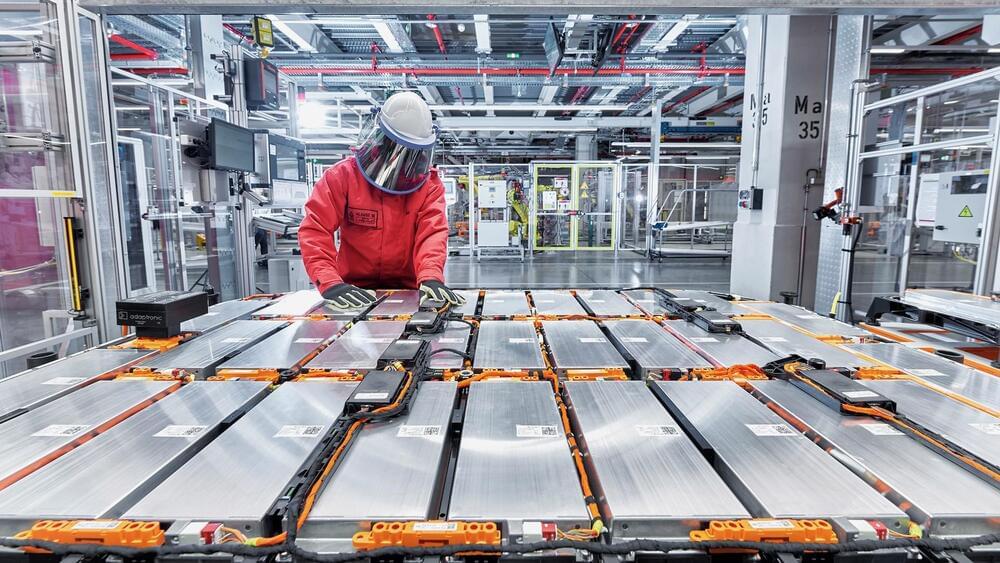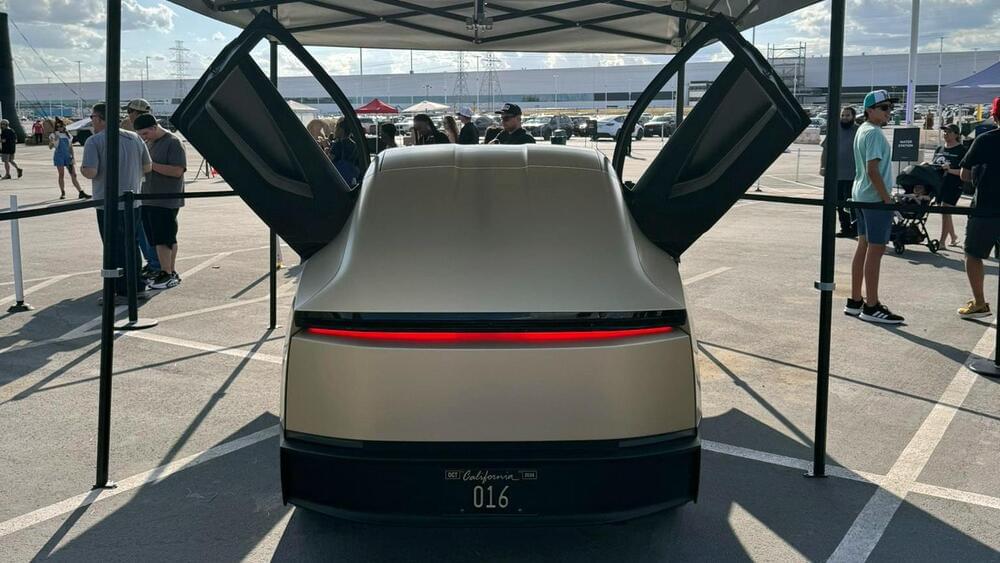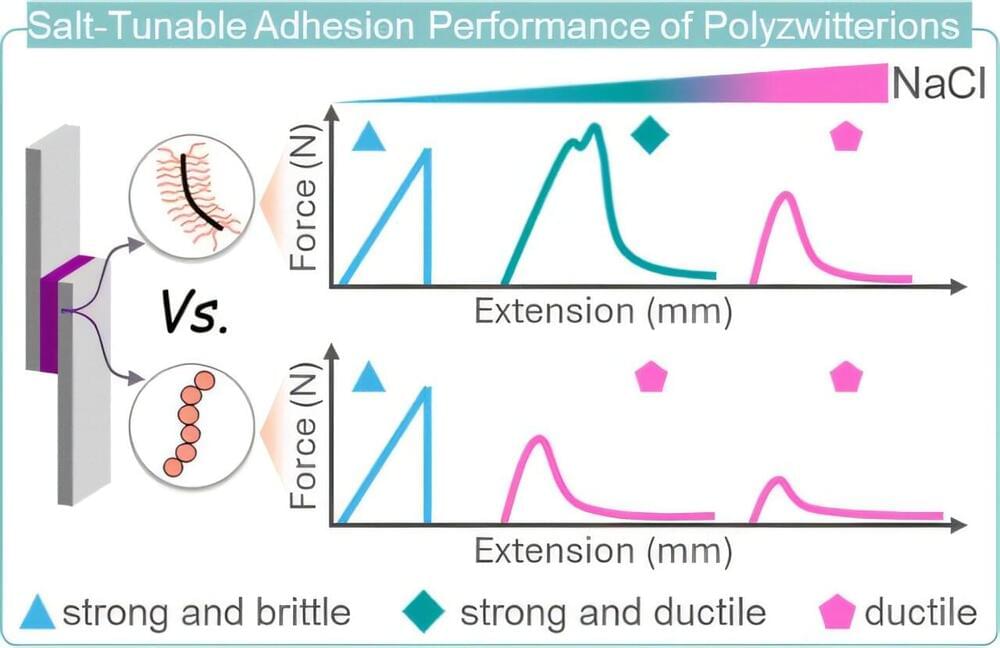That will get battery costs below the point needed to achieve EV price parity with gasoline vehicles.




Team develops simulation algorithms for safer, greener, and more aerodynamic aircraft.
Ice buildup on aircraft wings and fuselage occurs when atmospheric conditions conducive to ice formation are encountered during flight, presenting a critical area of focus for their research endeavors.
Ice accumulation on an aircraft during flight poses a significant risk, potentially impairing its performance and, in severe cases, leading to catastrophic consequences.
Fernández’s laboratory is dedicated to the development of algorithms and software tools aimed at comprehensively understanding these processes and leveraging this knowledge to enhance future aircraft designs, thereby mitigating potential negative outcomes.

The rebirth of commercial supersonic flight has kind of, sort of come to pass as Dawn Aerospace announces that its 16-ft (4.8-m) autonomous Mk-II Aurora rocket-powered aircraft broke the sound barrier with a speed of Mach 1.1 on November 12, 2024.
Ever since the Anglo-French Concorde retired in 2003, civil supersonic flight has been something of a lost art. In recent years, a number of startups have been working on various projects to create a new generation of supersonic transports that are quieter, greener, more efficient, and cost effective to operate.
Now, one supersonic aircraft has actually taken flight, albeit in the form of an uncrewed experimental craft with a wingspan of 13 ft (4 m) and a dry weight of 880 lb (200 kg). In the skies over New Zealand’s Glentanner Aerodrome near the base of Aoraki/Mount Cook, the Mk-II Aurora hit Mach 1.1 while climbing to an altitude of 82,500 ft (25,150 m).
Spanning 18 kilometers, the new Fehmarn Belt fixed link between Germany and Denmark will be the world’s longest and deepest underwater tunnel, combining road and rail.
Once completed, the tunnel promises to reduce travel time, strengthen ties between Scandinavia and Central Europe, form a greener traffic lane, and boost train transport. The ten billion euro price tag, therefore, promises to be worth it and has the stamp of approval from the European Commission’s Ten-T Programme.
The underwater fixed link tunnel will consist of two two-lane highways divided by a service passage and two separate railways.

The group’s Aftershock II rocket reached an altitude of 470,000 feet (143,250 meters) last month.

The company ends the waitlist in Los Angeles, where nearly 300,000 people have expressed an interest in trying out the Alphabet-owned company’s self-driving cars.